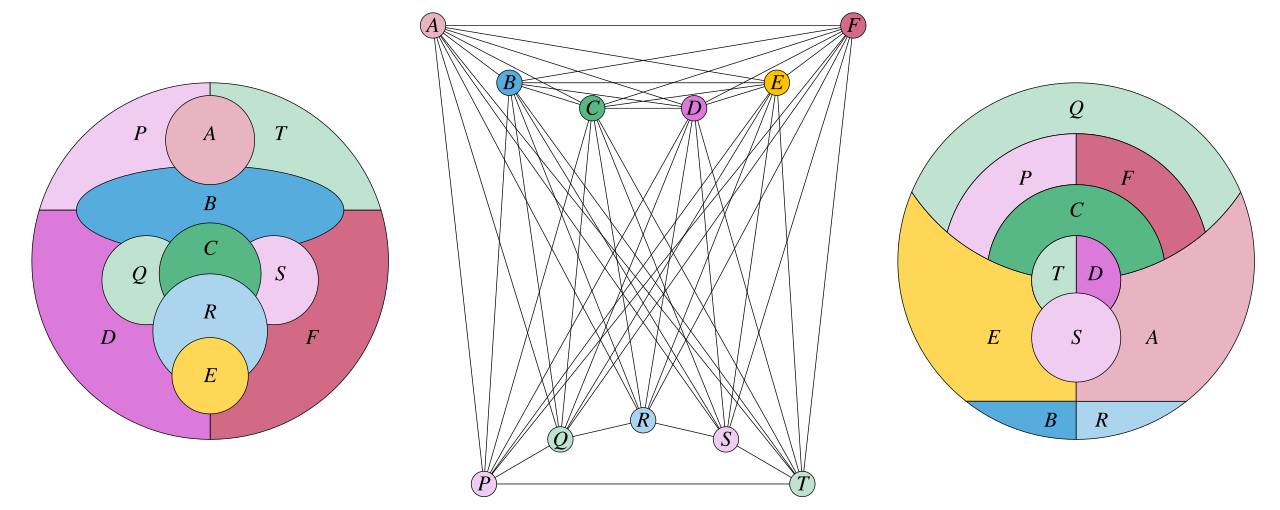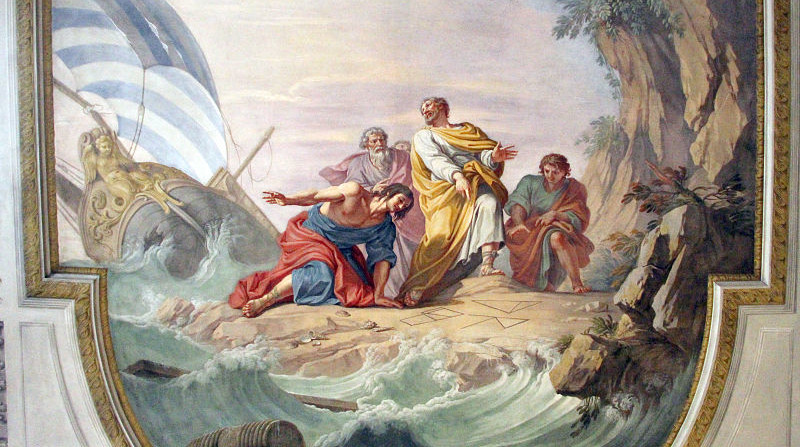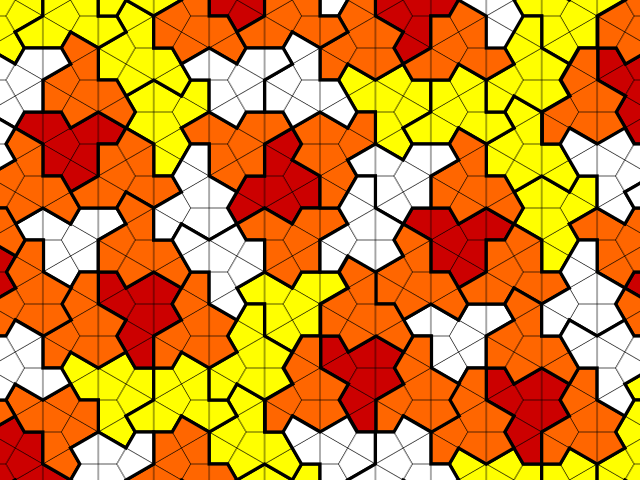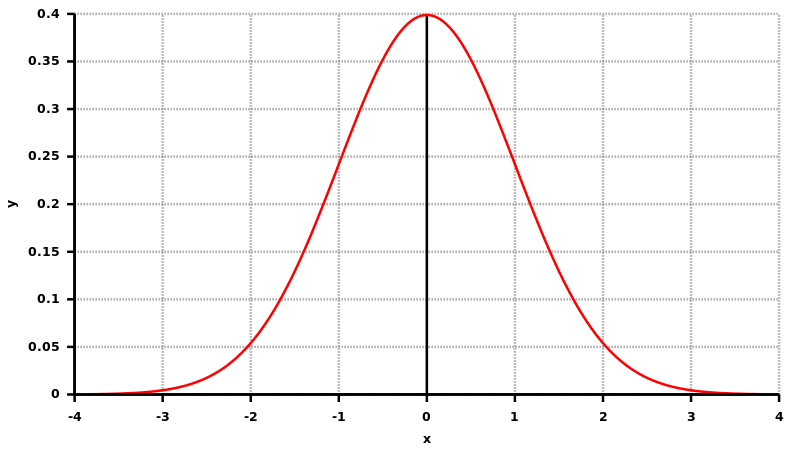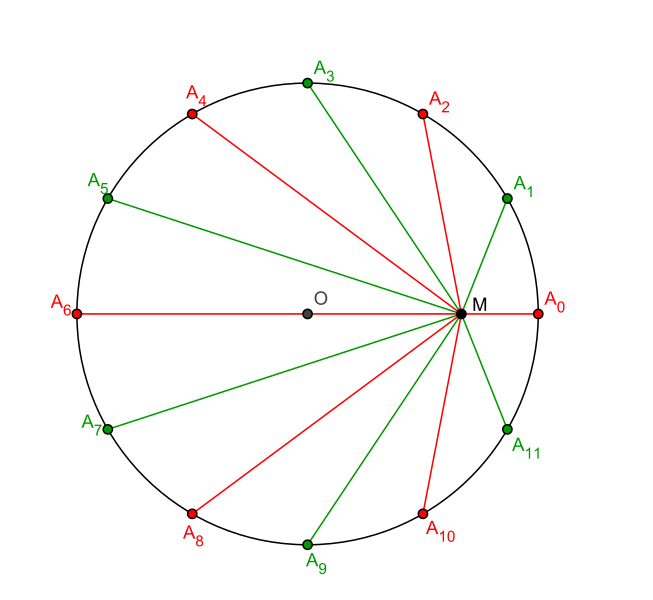
- Herpetologist Mark Scherz named three tiny species of Malagasy frog Mini ature, Mini scule, and Mini mum.
- Malacologist Alan Solem named a Fijian land snail Ba humbugi.
- The name of each species in the African spider genus Palindroma is a palindrome: P. aleykyela, P. avonova, P. morogorom, P. obmoimiombo, P. sinis.
- The binomial name of the crowned slaty flycatcher has 15 syllables: Griseotyrannus aurantioatrocristatus.
- Malacologist John Stanisic named an Australian land snail Crikey steveirwini.
- The Australian leafhopper genus Dziwneono, named by entomologist Irena Dworakowska, is Polish for “It is strange.”
In 1977, on receiving a package of insect specimens from a colleague, entomologist Arnold Menke exclaimed, “Aha, a new genus!” His colleague Eric Grissell responded “Ha” doubtfully. Menke was proven right and named the species, an Australian wasp, Aha ha. He ordered a custom registration plate for his car bearing the same phrase. Further odd names.

